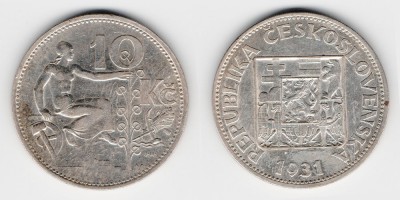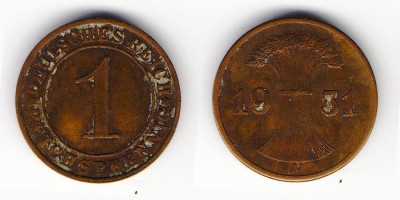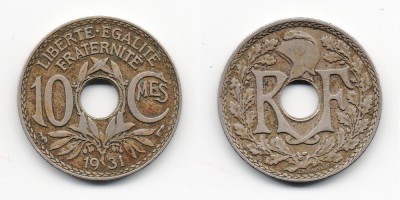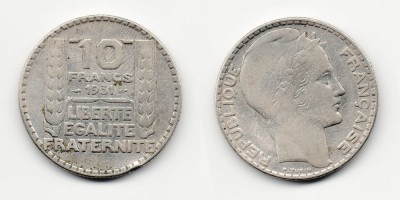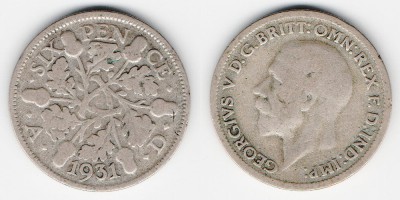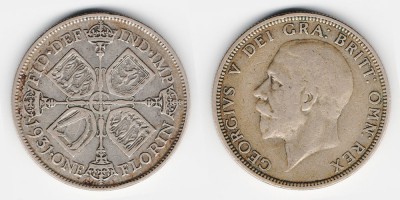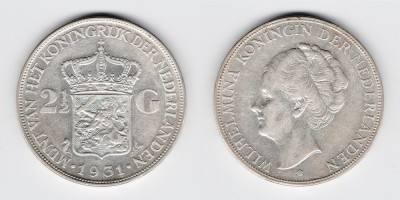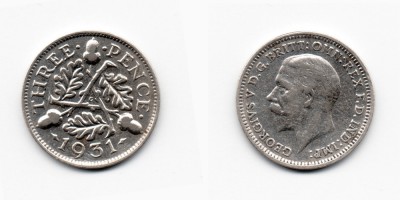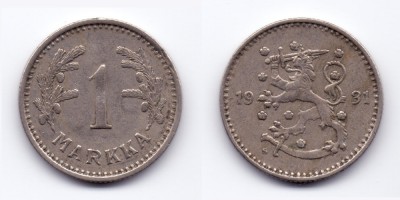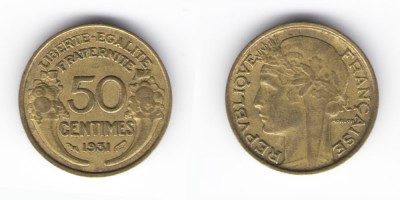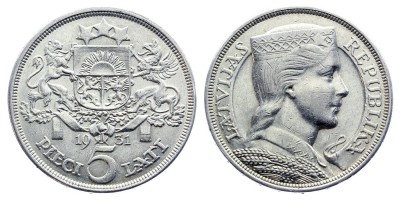1931 is quite important for the history of the monetary system of the world. In particular, this affects the USSR, because at that moment quite valuable specimens appeared. However, changes have occurred in many other countries.
In 1931 an important event occurred in the monetary system of the USSR. Small coin, which was previously minted from silver, began to be made from copper-nickel alloy. This applies to coins of 10, 15 and 20 kopecks. The purpose of this change is to save on the precious metal, however, as a result, these specimens are significantly depreciated.
An interesting point for coin collectors is that this year the last batch of old-style silver coins was released, which are an attempt to revive the monetary system of Tsarist Russia. This issue is one of the most valuable to date and uses silver of the 500th sample.
As for other countries, the following changes can be noted here:
1. Chasing Hong Kong cents of the new sample. As in the previous models, there is a classic symbolism of the country, and on the back side is marked the profile of George VI.
2. Release of a new coin in Latvia in denominations of 5 lats. On the reverse of the coin was depicted a girl dressed in a national costume, and the reverse decorated the national coat of arms. The coin was made of silver and has a rather high cost.
3. In 1931, Latin began to be used on Mongolian coins for various inscriptions. It is worth noting that this type of writing was used in Mongolia only until 1937, therefore such coins cannot be called ordinary.
4. Stopping the minting of gold sovereigns in Australia. These were British coins, but they were minted all over the world, including this country.
5. In the same year, Sweden minted with a huge circulation (5,678,500 pieces) a bronze coin of 1 oge.
6. The Netherlands began to mint a silver coin in 1 Gulden.
7. All coins of Palestine in 1931 were minted by the London Royal Mint. The rarest coins of that period should include coins of 250 and 500 thousand miles. Coins were minted from silver of 720th sample.
8. In Poland, copper 5 groszy was issued, and in Estonia - bronze 5 senti.
9. The coin (of this type) of the Kingdom of Yugoslavia, from silver of sample 500, in denominations of 20 dinars, was issued only in 1931. Her circulation was huge - 12.5 million copies. And the diameter and weight of the coin were also quite large - 31.0 millimeters and 13.92 grams, respectively.
 Russian
Russian English
English Deutsch
Deutsch Spanish
Spanish Português
Português


